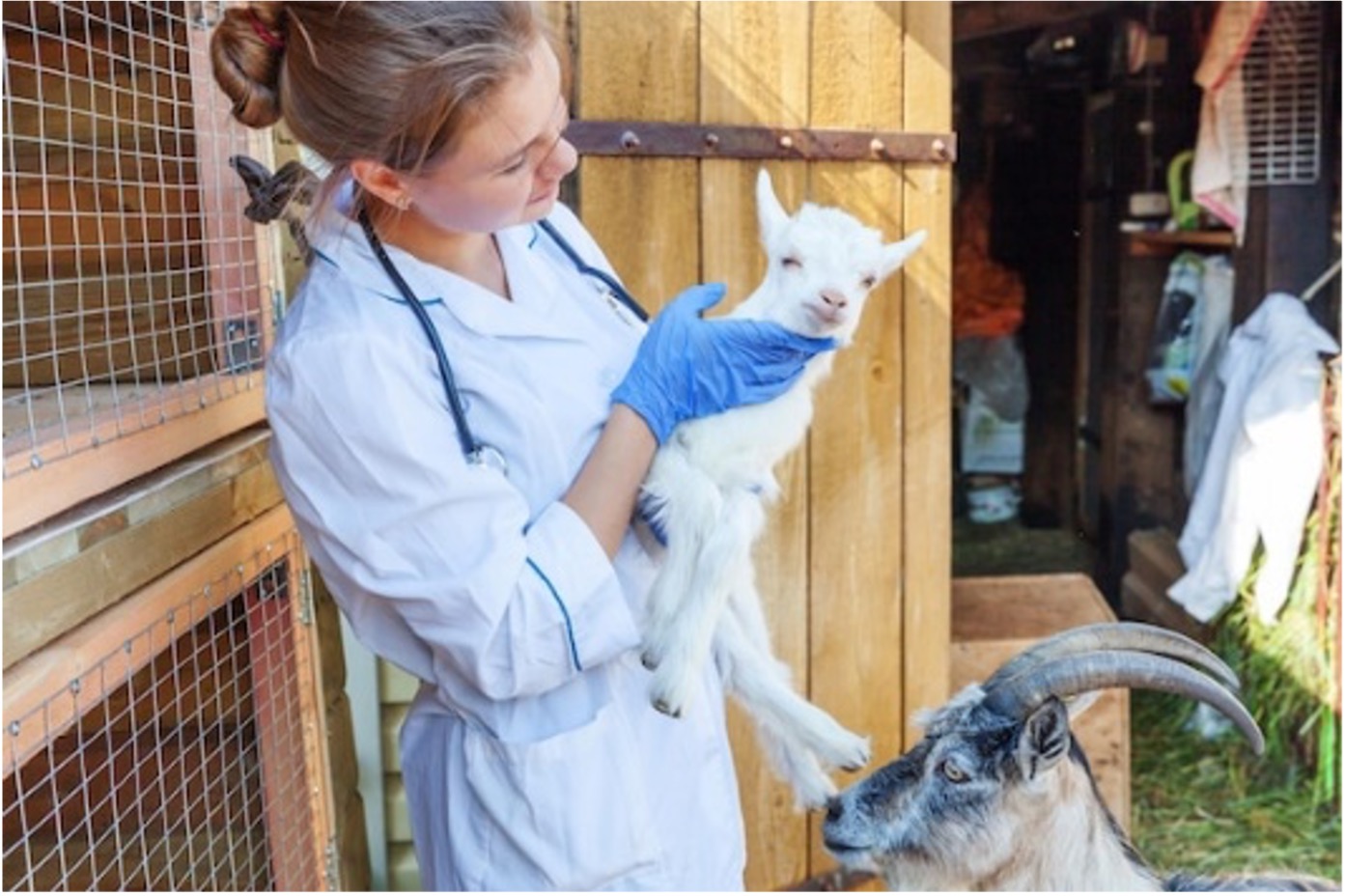Learning is fundamentally and profoundly dependent on vocabulary knowledge
Mackenzie 2017
Katherin Cartwright – Images are a wonderful way to launch a mathematics lesson, especially if they are full of intriguing or ‘explorable’ mathematical ideas.
Kath regularly draws attention to the importance of looking and noticing in building mathematical ideas – see ‘A picture is worth a thousand words (or lessons)’
Actually,
Images are a wonderful way to launch any lesson, especially if they are full of intriguing or ‘explorable’ ideas.
It was the ‘thousand words’ that caught my attention. Looking and noticing, and talking about what we can see, is an excellent, cost-effective way of introducing new vocabulary, and the language structures and ideas that students need as they develop their academic skills.
Images are also a perfect way to provide the models we want students to use in their speaking and writing, and to explore the different registers for communicating ideas.
Talking and listening are key to learning. ‘Oral language and communication’ sits at the top of the NSW English syllabus overview of outcomes and content (K-2 2021 p.9, and draft 3-6 2022 p.7).
Frequent opportunities for oral language and communications are integral to our class work.
Early vocabulary development
Vocabulary is initially learned through the informal, everyday contexts and experiences that carers and children share. Wider and more formal vocabulary is developed through stories and books.
Typically, by two years of age children will have a vocabulary of approximately 50 words
…
This vocabulary grows to approximately 14,000 words that they can use (expressive language) by the age of six
(Hoffnung et al., 2013, in Mackenzie, 2017 p.269)
This is the informal literate identity that the child brings to school, (Scott, Nagy & Flinspach 2008) where the more formal academic application of language occurs.
All children will have a literate identity, but some do not have the experiences, or the opportunities to use language, to build a robust vocabulary, ready for school.
We can provide many and varied situations where new vocabulary is modelled and explained, and where words can be used for both listening and speaking.
[T]he implication that one masters a language by listening to it and speaking it is paramount
Herzberg 2012, p.49
A picture is worth a thousand words
Experienced early years teachers know the value of examining images and sharing the talk about the representations, the relationships between the elements, and the possibilities that the images might indicate.
Images and their conversations provide the modelling of language in a range of registers to be ‘a resource residing in the academic or classroom community rather than being the property of individual learners’ (Barton & Hamilton 2000, & Gee, 2001 in Scott, Nagy & Flinspach 2008 p.197).
That is, every child, each with their own literate identity, can use and share academic language in a collaborative context.
Talking about pictures
There are a couple of valuable strategies which guarantee every student hears and uses new, target vocabulary, while building on their established knowledge.
Picture talks
The teacher uses a picture as stimulus to talk with students about what they can see, and what they think about what it is they can see.
The questions and the manner of questioning and encouraging talk is of significance here.
DO:
- ask students to look at the whole picture first
- comment briefly about the picture, using a strong structure and introducing some of the key new vocabulary, eg ‘In this picture of the vet we can see several different things. Let’s notice this part of the picture, where the vet is examining the baby goat, the kid. She is looking closely at it.’ (Assumed new vocabulary ‘vet = animal doctor, ‘kid’ = baby goat, ‘examining’ = looking closely).
- as you speak, point directly to the part you want students to look at.
- briefly draw attention to other elements in the picture, eg We can see that the vet is wearing clothes that are like a uniform for doctors. She is holding the kid up high. There is another goat in the picture too.
- ask students to look closely for what they notice
- ask students to turn to their partner to tell them what they saw and noticed, and then to add something more
- Teacher listens for use of the target words, and re-casts as necessary, modelling the correct use of the terms
This talk has the potential to be the basis for a class report on a ‘What I noticed in the picture of the vet examining the kid’. Students construct statements, teacher recasting as necessary. Teacher may scribe or students write their own text, and make their own images.
An extension could include role play, where students play the role of the vet, and examine various animals and pets.
(Margery Hertzberg has an excellent chapter titled ‘Role to Communicate: Learning English Through Drama’ – particularly p. 138 ‘Educational Drama’ 2012, Ch.7).
Benefits include:
- Target vocabulary – introduced, modelled, used repeatedly
- Talking – everyone has the opportunity to talk and to use the target vocabulary
- Listening – every student has to listen in order to confirm the new terms, and to build on their partner’s statements
- Link to writing and reading – students can see the direct link between what they say and what is written, and then the words and their meaning when they are read back to the class.
DON’T:
- ask ‘Can anybody tell me what they can see in the picture?’ (Duh)
- ask ‘Does anyone know what this is called?’ (Privileged few)
- ask ‘Can you see the vet’s blue gloves?’ (Duh)
- control the text or the role play – focus is correct use of the target vocabulary (ie meaning, not spelling)
- let one child dominate the key role.
These types of questions and controls do not generate talk. They ask that a privileged few will have an opportunity to air their knowledge with either one word answers, or with long detailed lectures about what they can see and what they know. This shuts off discussion. Every other child is denied the chance to use their looking and noticing skills, and the new vocabulary, in ways that are significant for them.
Be super careful students are not shut out.
I found the image above on Freepik. This site also has pictures you might find useful for older students.
Comparing written and visual text – In many texts, information is conveyed in both written and visual text.
Looking closely at the visual text and comparing it to what is written on the page allows students full access to all the information provided by the author.
from Strategies for Reading Factual Texts p.29
‘Floorstorming’ – This technique allows for all students to contribute their observations of a picture or series of images around the same topic.
Pictures of aspects of the same topic are placed around the floor. Students record their observations to describe something in the pictures. Sticky notes work well here as they are so flexible.
When all students have responded to the images, display the sticky notes. Students examine the responses. Remove repetitions.
Work with students to organise the ideas into broad ideas.
This is where you can introduce and reinforce the target vocabulary, eg ‘an animal doctor is called a ‘vet’, short for veterinarian’. Write the word and display it in the appropriate category. Students are then expected to use the correct term from then on, in the discussion.
from Strategies for Reading Factual Texts p.13
(Images from Freepik)
Compare and contrast images – find similarities and differences. These can be listed, or put into a Venn diagram to clearly show areas of commonality.
The works of Jeannie Baker are perfect for comparing and contrasting images – ‘Where the Forest Meets the Sea’ (1988), ‘Mirror’ (2010 – and Children’s Book Council of Australia Picture Book of the Year 2011), ‘Window’ (1981 – and Australian Children’s Book Council Picture Book of the Year Award 1992) etc.
Use interesting images
The paintings of Giuseppe Arcimboldo provide rich resources for students to examine, to consider the reasons behind his use of the materials included, and the potential for some very rich picture-making. The Four Seasonns, the Four Elements, and the professions are filled with exciting possibilities.
See Vertumnus at https://www.theartstory.org/images20/works/arcimboldo_giuseppe_7.jpg?1
And of course your own photographs of the things that you look at and notice.
The role of the teacher
Just as the vocabulary used by parents and carers informs that of our children, the vocabulary modelled by the teacher will have great impact on students’ vocabularies. (Mackenzie 2017).
Don’t be concerned about using interesting words with children in all grades. A brief explanation should be all that is required if meaning is not clear. Kids aren’t afraid of long, interesting and different words, and particularly the precision in meaning that the English language gives us.
Note: the average school student [is] capable of learning between 5 and 10 words per day (a total of between 2,000 and 4,000 during primary and high school).
Hoffnung et al (2013 p.269) in Mackenzie (2017)
That seems to indicate that we should be contributing at least half of these new words in our talk with students, every day of the week!
References
Baker, Jeannie – various – see her website at jeanniebaker.com accessed 16/05/2022
Herzberg, M. (2012) Teaching English Language Learners in Mainstream Classes Newtown, PETAA Ch. 4 ‘Focus on Oracy’.
Hoffnung, M., Hoffnung, R. J., Seiffert, K. L., Burton Smith, R., Hine, A., Ward, L., . . . Swabey, K. (2013). Lifespan Development: A topical approach. Milton, Qld: Wiley (in Mackenzie 2017) in Mackenzie, N. (2017) A focus on vocabulary – Noella Mackenzie accessed 13/05/2022
NESA (2021) English syllabus K-2 – see Curriculum NSW for link accessed 13/05/2022
NESA (2022) English 3-6 – Draft Syllabus for the ‘Have your say’ period March – May 2022
NSW Department of School Education (1997) Strategies for Reading Factual Texts, Curriculum Directorate
Scott, J., Nagy, B. & Flinspach, S. (2008). More than merely words: Redefining vocabulary learning in a culturally and linguistically diverse society. In A. Farstrup & J. Samuels (Eds.). What Research has to say about Vocabulary Instruction (pp.182-210) Newark, Delaware: International Reading Association








